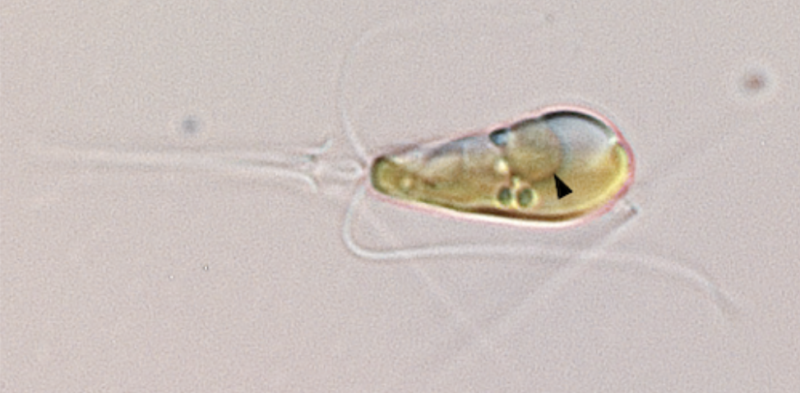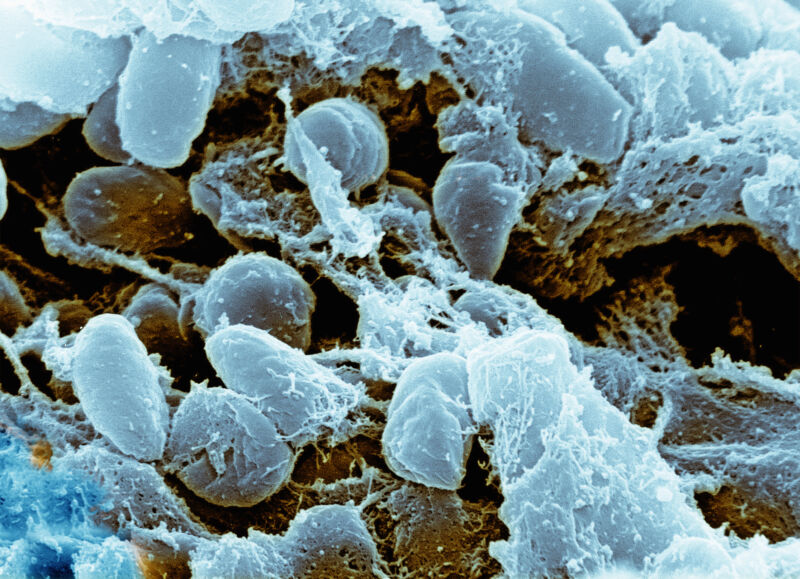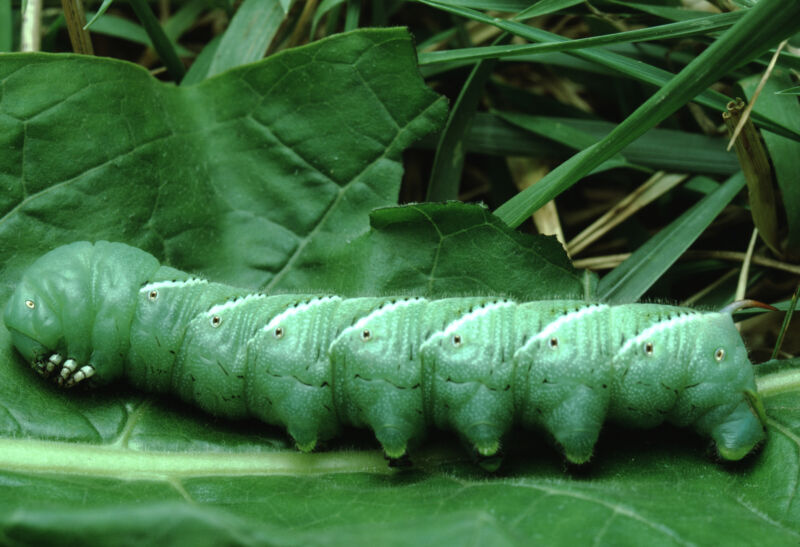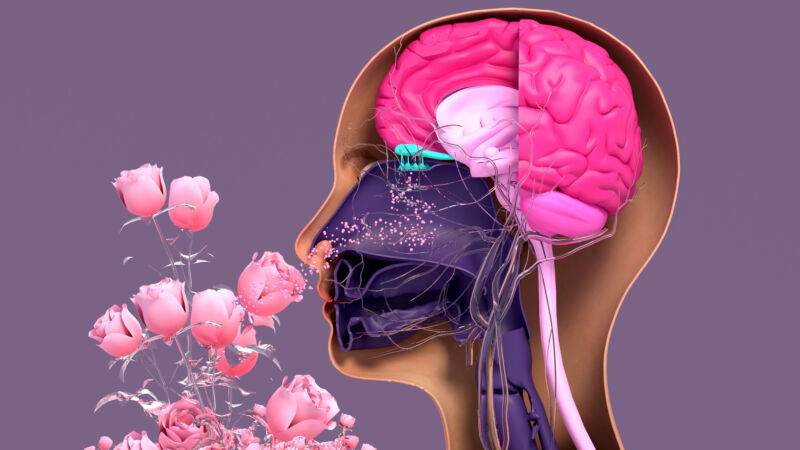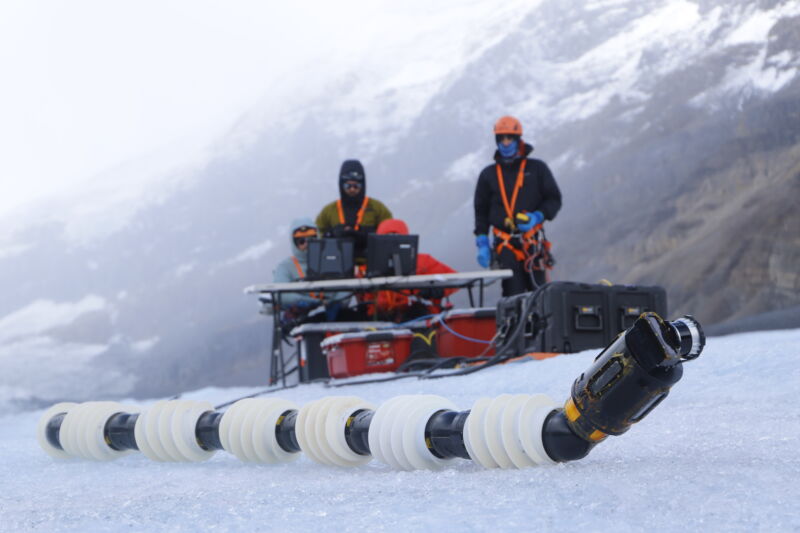-
chevron_right
Bonobos not the peace-loving primates once thought, study reveals
news.movim.eu / TheGuardian · Friday, 12 April - 15:00
Male-on-male aggression more frequent among bonobos than chimps, but aggression between males and females less common
Bonobos are not quite the peace-loving primates they have long been considered, researchers say, after finding that males show more aggression towards each other than chimpanzees.
Bonobos and chimpanzees are humans’ closing living relatives. While chimpanzees are known to show aggression against each other – sometimes to the point of death – bonobos have long been thought to live more harmoniously, with no known killings. The difference has led to the theory that natural selection works against aggression in male bonobos.
Continue reading...

